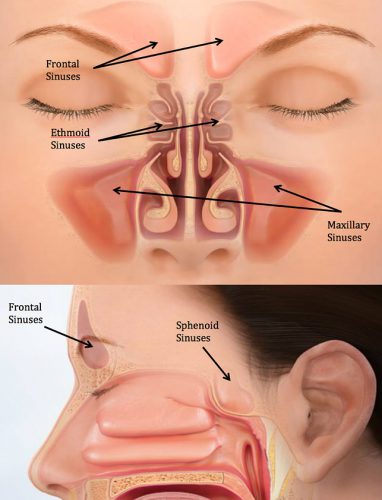Handoffs occur in trauma care all the time. EMS hands the patient off to the trauma team. ED physicians hand off to each other at end of shift. They also hand off patients to the inpatient trauma service. Residents on the trauma service hand off to other residents at the end of their call shift. Attending surgeons hand off to each other as they change service or a call night ends. The same process also occurs with many of the other disciplines involved in patient care as well.
Every one of these handoffs is a potential problem. Our business is incredibly complicated, and given that dozens of details on dozens of patients need to be passed on, the opportunity for error is always present. And the fact that resident work hours are becoming more and more limited increases the need for handoffs and the number of potential errors.
Today, I’ll look at information transfer at the first handoff point, EMS to trauma team. Some literature has suggested that there are 16 specific prehospital data points that affect patient outcome and must be included in the EMS report. How good are we at making sure this happens?
An observational study was carried out at a US Level I trauma center with video recording capabilities in the resuscitation room. Video was reviewed to document the “transmission” part of the EMS report. Trauma chart documentation was also reviewed to see if the “reception” half of the process by the trauma team occurred as well.
Here are the factoids:
- A total of 96 handoffs were reviewed over a one year period
- The maximum number of data elements in the study was 1536 (96 patients x 16 data elements)
- The total number “transmitted” was 473, but only 329 of those were “received.”
- This is not quite as bad as it seems, since 483 points were judged as not applicable by the reviewers. However, this left 580 that were applicable but were not mentioned by EMS.
- Of the 16 key elements, the median number transmitted was 5, with a range of 1-9.
This sounds bad. However, the EMS professionals and the physicians have somewhat different objectives. EMS desperately wants to share what they know about the scene and the patient. The trauma team wants to start the evaluation process using their own eyes and hands. What to do?
Bottom line: EMS to trauma team handoffs are a problem for many hospitals. EMS has a lot of valuable information, and the trauma team wants to keep the patient alive. They are both immersed in their own world, working to do what they think is best for the patient. Unfortunately, they could do better if the just worked together a bit more.
Tomorrow I’ll share a solution to the EMS-trauma team handoff problem.
Reference: Information loss in emergency medical services handover of trauma patients. Prehosp Emerg Care 13:280-285, 2009.

